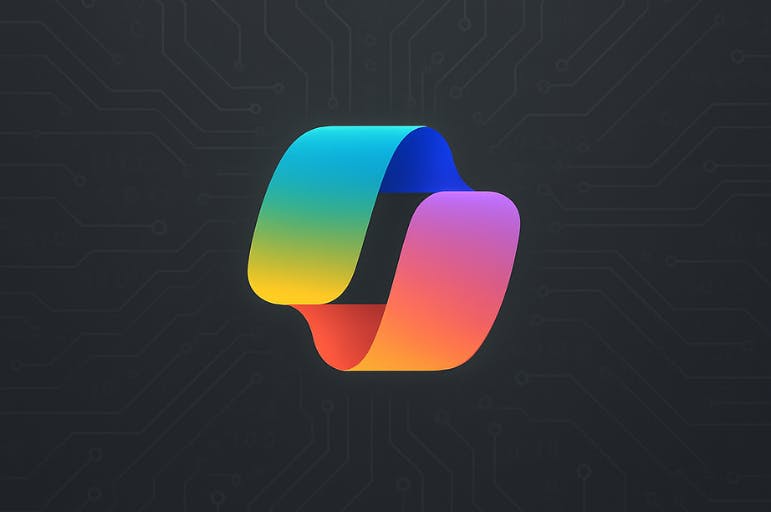6 personalization techniques to boost training engagement

Workplace training plays a vital role in helping employees grow and supporting your organization’s success. But too often, training programs rely on generic content that doesn’t speak to the varied needs of today’s workforce. When training feels disconnected or irrelevant, it can leave employees feeling overlooked and disengaged.
Here, we will show you not only why generic training falls short, but highlight the benefits of personalized learning, and shares ways to create programs that reflect your employees’ real experiences.
Why generic training doesn't work
Generic training that doesn't reflect real-life employees, their backgrounds, identities, or your company’s uniqueness can be:
- Insensitive: Employees feel unseen and possibly alienated when training examples, language, and tone fail to reflect their work realities or cultural backgrounds.
- Disengaging: When employees have to wade through content that doesn’t apply to them, or doesn’t feel tailored to their unique company or culture, they zone out or resent the process.
- Exclusionary: If the training fails to reflect race, cultural context, or day-to-day realities, it may feel irrelevant or exclusionary.
- Detached: When training ignores your company’s culture, values, and internal quirks, employees treat it as a checkbox, not a learning experience.
6 ways to personalize your training
The good news is that there are plenty of ways that organizations can create personalized learning content that both reflects their unique business cultures and the people within them.
1. Tailor content to job roles and relevance
Give employees access to learning content that directly reflects their day-to-day lives by:
- Conducting role-specific needs assessments
- Creating job-relevant case studies
- Building separate, personalized learning paths by department
- Using role-specific examples and terminology
2. Make content culturally inclusive and identity-inclusive
Learning materials should reflect the diversity of your workforce and include:
- Content that comes in different languages
- Diverse stock and real photos
- Work scenarios that involve employees from various cultural backgrounds
- Inclusive language that avoids cultural assumptions
- Names from diverse cultural backgrounds in training scenarios
3. Offer content based on skill level and learning pace
About 58% of employees prefer to learn at their own speed. To ensure that training is tailor-made, organizations should offer:
- Self-paced learning modules
- Skill assessment checkpoints
- Diverse learning formats (microlearning modules, quizzes, etc.)
4. Include diverse languages and dialects
Employees should be able to learn in whatever language they want. To facilitate this, organizations should offer:
- Various translations of core modules
- Localized content for regional dialects and cultural norms
- Subtitle options for video content
With Go1, organizations can offer employees courses in over 40+ course languages, including English, Spanish, French, German, Italian, Chinese, Portuguese, Arabic, Japanese, and more.
5. Incorporate race and cultural considerations and representations
Employees want to feel seen in training. Ensure they do by offering learning content that features:
- Diverse employee success stories
- Culturally relevant examples and scenarios
- Real examples of addressing bias, microaggressions, and creating inclusive environments
6. Bring your company culture into learning
Learning content that’s stiff or doesn’t feel or sound like your organization can lead to disengagement—a workplace phenomenon that’s becoming increasingly problematic. Instead, ensure your content features:
- Unique company values and catchphrases
- Reference to internal processes and systems
- Company-specific success stories
- Inside jokes, company rituals, or values
Your L&D content should reflect your company’s uniqueness, from your business’ corporate culture to the diversity of the workforce.
With over 40 course languages, access to custom learning services, including expert content curation, and more, Go1 makes it easy to create learning experiences that reinforce your brand and support employees—as well as create learning initiatives that employees actually want to be a part of.
Personalize your learning strategy with Go1

Related Articles

Psychologist-Backed PepTalks to Strengthen Your People, Boost Wellbeing, and Build Resilience

How to Use Keynote-Style Talks to In Your L&D Program

10 Courses to Help You Master Microsoft Copilot

11 Inspirational Speakers to Supercharge Your Leadership & Team Programs

Train smarter, spend less
Train smarter,spend less
Connect with a Go1 expert to explore the best training options for your organization—no pressure, just solutions that work.